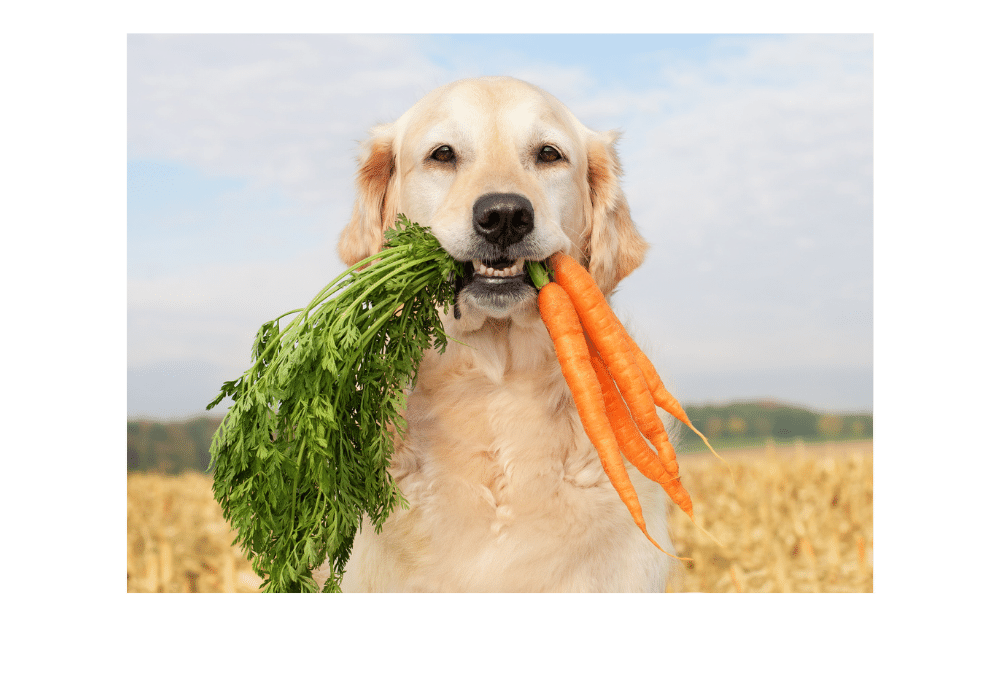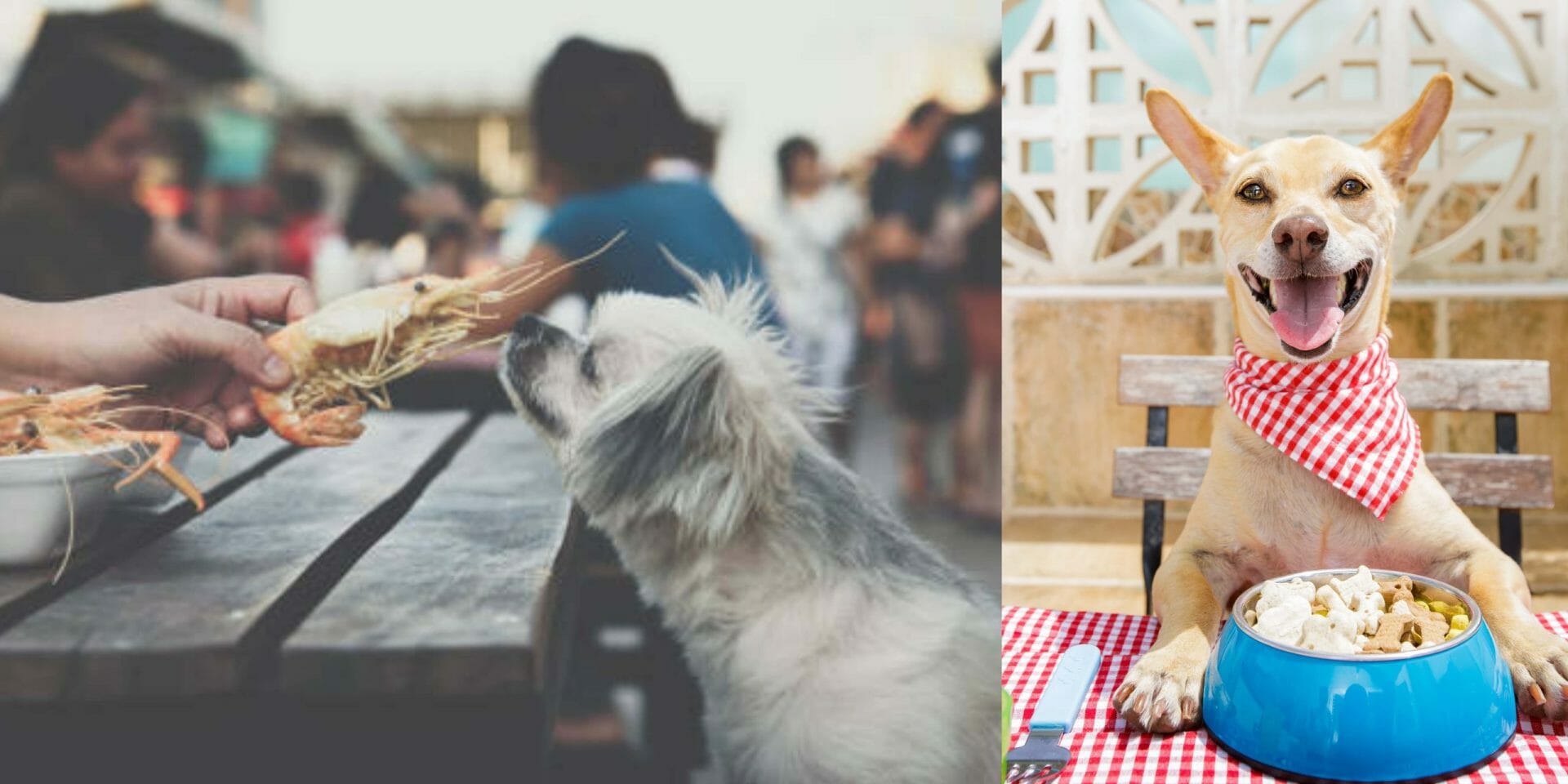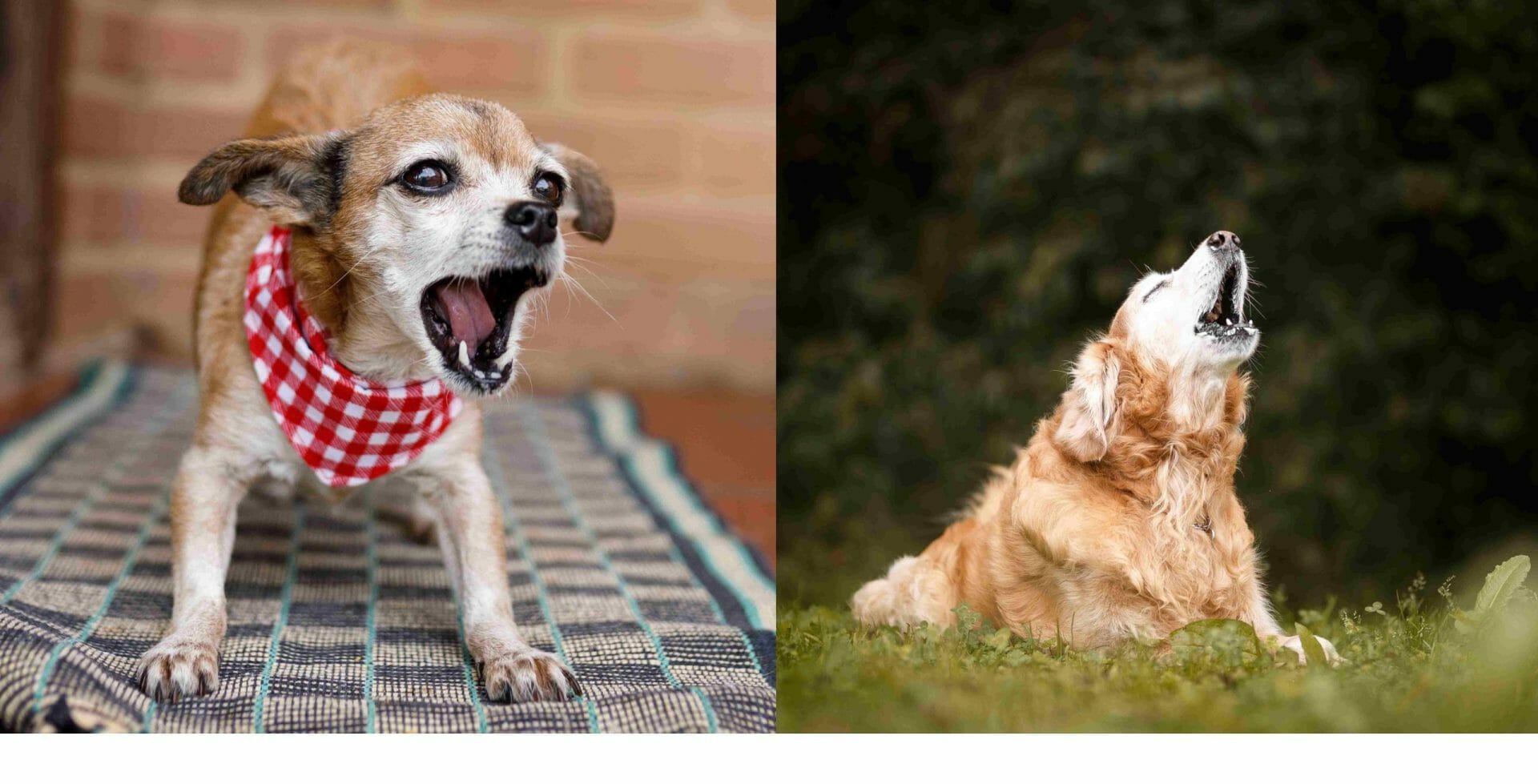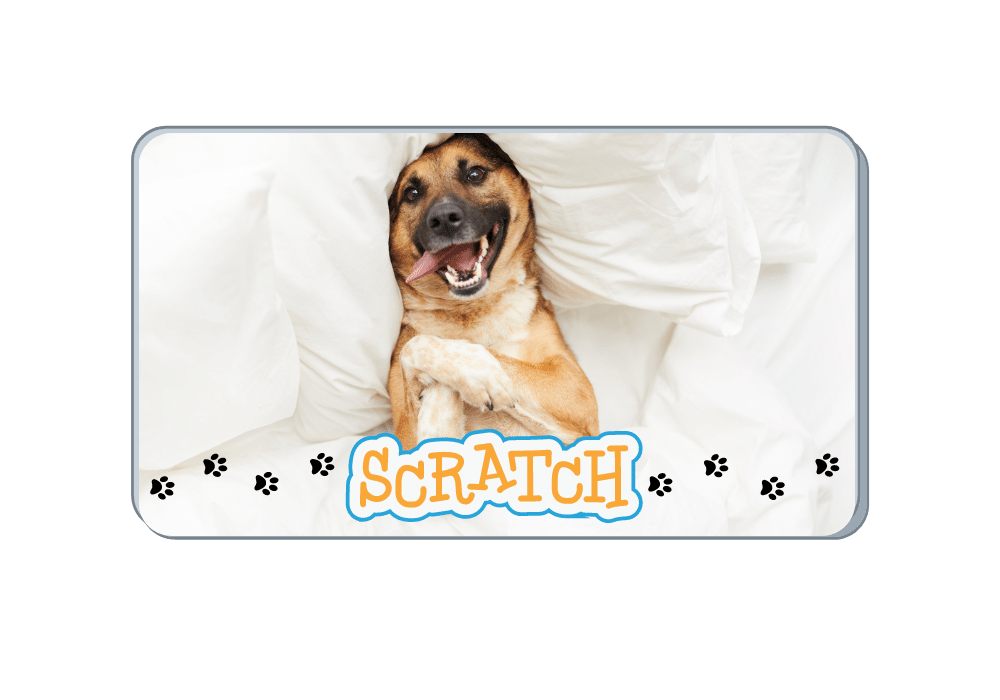35 Vegetables and Fruits Safe For Your Dog (Best Guide)
Dogs are omnivores, which means they must feed on animal and plant materials to have a healthy, complete, and balanced diet.
Due to the balanced and well-managed nature of high-quality, nutritionally complete and tasty to eat, easy-to-digest commercial diets, it’s unnecessary to supplement your dog’s diet with fruits. Dogs can also eat some fruits, but we should remember that other fruits may be toxic to dogs, such as grapes and raisins. Still, your pet may long for fruits; also, it can be fun to use them as treats or snacks.
Before feeding your dog any fruit, always follow a few guidelines. Also, check out this list to see which fruits are health-wise safe, and make sure always to ask your veterinarian if your dog has any pre-existing conditions. Dogs suffering from obesity, diabetes, bladder stones, and other health conditions should not be fed fruit. If you want to provide them, consult your veterinarian first.
Dogs belong to omnivorous animals, which means they can eat meat and plants. Some commercial dog diets are made with vegetables and fruits and meat and cereals, which are also included. These products are also prepared to have all the nutrients a dog needs to be healthy and not become over or underweight.
So even though your pet may not need extra vegetables and fruits in his daily diet, they won’t hurt them. They may do good for your dog. Some fresh and canned fruits can be part of a good dog’s nutrition. It would help if you had an understanding of which ones to give.
Avocado
While avocado may be a decent snack for dog holders, it must not be given to dogs. Dogs should not be given avocado. This fruit’s pit, skin, and leaves contain persin, a toxin that mainly induces vomiting and leads to diarrhoea in dogs. The fruit’s juicy and smooth internal portion doesn’t have as much proportion of persin as the rest of the plant, but it is still beyond much for dogs to oversee.
Bananas
Dogs can eat bananas, but bananas are a great low-calorie treat or snack for dogs in moderate quantities. Bananas are rich in potassium, vitamins, biotin, fibre, copper, and other valuable minerals. They contain very little concentration of cholesterol and sodium, but due to the high sugar content, bananas should be given as a treat or a snack in small amounts, not part of your dog’s main diet.
Blueberries
Dogs can be given blueberries, for sure. Blueberries have proved to be a superfood for dogs, and these contain plenty of antioxidants. Some of these antioxidants can prevent cell damage in humans and canines alike. They’re rich in fibre and phytochemical compounds as well. Training your dog to catch treats or snacks in the air? Try blueberries to be an alternative to store-bought treats.
Cantaloupe
Cantaloupe is safe for dogs but remember to feed a limited amount. Cantaloupe is filled with nutrients, and it is low in calories, an excellent source of water, and rich in fibre. It is, however, high in sugar, so you need to feed it to your dog in moderation, especially for dogs who are overweight or are suffering from diabetes.
Cherries
You should avoid feeding your dogs with cherries. Except for the fleshy and soft part around the seeds, cherry plants contain cyanide (poison) and are toxic to dogs. Cyanide disturbs cellular oxygen transport, which means that the dog’s red blood cells will not get as much oxygen as they require to help the dog breathe and transport blood through his body.
If your dog eats cherries, keep on checking for dilated pupils, difficulty in breathing, and red gums, as these may be the signs of cyanide poisoning to your dog. So it would help if you avoided feeding cherries to your dog to avoid any severe consequences.
Cranberries
Cranberries are safe for dogs to eat just in moderate amounts. Both fresh cranberries and dried cranberries are prudent to be fed to dogs in minor portions and moderateness.
As with any delicacy or snack, too many cranberries may upset stomach and gut issues. Whether your dog likes the tart taste of this threat is another question. Either way, moderateness is always vital whenever you try providing cranberries to dogs.
Cucumbers
Dogs can be fed juicy cucumbers. Cucumbers are perfect for overweight dogs and those who are frequently constipated. Cucumbers hold little to no carbohydrates, fats, or oils, and they can relieve constipation and even boost energy levels. Cucumbers are loaded with vitamins K, C, and B1 and filled with potassium, copper, magnesium, and biotin.
Grapes
As mentioned earlier, dogs should never be given grapes. Grapes and raisins (dried grapes) have proved to be very toxic, and they can even be poisonous to dogs no matter the dog’s variety, sex, or age. Grapes are so harmful and dangerous for dogs that they can even lead to acute sudden kidney failure. Always stay conscious of this risky and fatal fruit for dogs.
Mango
Dogs can surely eat mangoes. This sweet summer treat is one of the gifts of nature, and it is packed with the four most essential vitamins: A, B6, C, and E. Mangoes also have potassium and are filled with beta-carotene and alpha-carotene both of which are very good for your pet’s health.
As with almost all the fruits, never forget to remove the hard pit/skin first, as it contains small amounts of cyanide(poison) and may become a choking hazard for the animal. Mango is high in sugar, so use it as an occasional treat, especially for obese and diabetic dogs.
Oranges
Dogs can be fed oranges. Oranges are good for dogs to eat, according to veterinarians that especially consult dogs. Still, dogs may not be fans of any strong-smelling citrus(containing citric acid) fruits. Oranges are a prime source of ascorbic acid and potassium and are rich in fibre. The juicy flesh of an orange can be a tasty treat or snack for your dog in small quantities.
Vets recommend removing the peel and only offering your dog the flesh of the orange, but before giving it to your dog, make sure you don’t leave any seeds. Orange peel is harsh on their digestive systems and should not surpass a reasonable fraction, and the lard can make your puppy turn up their delicate nose.
Peaches
Peaches are safe if given in moderation to dogs to eat. Small amounts of cut-up into small pieces of fresh or frozen peaches are an excellent source of fibre and vitamin A, and peaches may even help fight infections, but similar to cherries, the pit contains cyanide.
Fresh peaches can be a great summer snack or treat. Please do not feed your dog canned peaches, as they often contain high amounts of sugary syrups, which are not suitable for overweight and diabetic dogs. Make sure that you completely cut around the pit first and then feed it to your dog in small cubes.
Pears
Dogs can be fed pears. Pears are a healthy snack as pears are rich in copper, vitamins C and K, and have plenty of fibre. It’s been seen that eating the fruit may reduce the risk of having a stroke by at least 50 per cent.
Make sure to cut pears into bite-size chunks or skinny slices to avoid any choking hazard, and remove the pit and seeds first, as the seeds contain trace amounts of cyanide which is too much for the creatures like dogs to handle. Avoid canned pears as they are full of sugary syrups and unsuitable for diabetic and obese dogs.
Tomatoes
Dogs must avoid tomatoes. The ripened fruit of the tomato plant is usually considered safe for dogs. The green parts of the plant contain a reasonable amount of poisonous and toxic substances called solanine.
While a dog needs to have a more significant amount of the tomato plant to make them sick, it’s better to avoid tomatoes entirely to keep your dog safe and prevent any serious consequences.
Watermelon
Dogs can be fed watermelon. It is vital to remove the rind and seeds first while you are thinking of feeding your dog with watermelon, as they can cause intestinal blockage, choking hazard, and probably gut upset. Watermelon flesh is otherwise safe for dogs but always make sure to feed in moderation.
Watermelon is about 92% water, so it’s a perfect way that can help keep your dog hydrated during hot summer days. (You can get watermelon-flavoured dog treats or snacks these days as they have become ubiquitous.) Watermelon is full of vitamins A, B-6, and C and potassium.
Fruit and Veggie snacks
Many pet owners give fruits and veggies as treats to their pets. Some of them have extra nutritional benefits:
Apples are an extreme source of vitamins A and ascorbic acid, which can keep your dog’s skin and coat fresh and healthy. Apples are also low in fats and highly rich in fibre. But always remember you can not feed them the core or the seeds.
Carrots, peas, green beans, sweet potatoes, and bananas are filled with perfect vitamins and minerals such as potassium, which is too good for a dog’s muscles, nerves, and kidneys. Their fibre can also help dogs stay regular and relieve constipation. Oranges are an excellent source of ascorbic acid. Small dogs can have up to one-third of a big orange, while a big pet can eat away except the peel. It would help if you were sure to peel it and remove its seeds.
When we say it’s OK to feed your dog these healthy foods, watch how much quantity you feed them. Treats should make up only 10% or less of your dog’s calories for the day, irrespective of the dog’s gender and age.
How to help overweight dogs maintain health
If you have a dog who is obese, i.e., may be carrying some extra pounds, low-salt and low-sugar vegetables and fruits may be the best way to help them get rid of excess fat to lose weight. For example, one can replace a portion of their dog’s food with green beans.
This can decrease calories consumed by the dog but keep your dog whole. But remember one thing: don’t start any new diet for your dog without consulting your dog’s veterinarian first. A sudden change may upset their digestion or can cause any gut issues.
Your vet can help guide you on how to mix in fruits and veggies to make the transition easier for your pet. A balanced diet is essential no matter how much your dog is obese or how much it weighs.

Grapes, raisins, and currants are poisonous and toxic to dogs, leading to kidney failure in some dogs. Onions, garlic, and chives can also be harmful in large quantities. These can cause some blood problems for dogs and lead to diarrhoea, stomach pain, and nausea if your pet takes in many. The safest thing is to avoid feeding your dogs these foods altogether.
Mushrooms purchased from the grocery store may be safe, but wild mushrooms are poisonous and toxic for dogs. It may be challenging for someone to differentiate them apart. So it’s better not to take the risk and avoid feeding them altogether.
Never nurture your dog with corn cobs or fruit trenches even by drawback because fruit pits (like peaches or avocados) may get clasped in their throat or intestines and lead to choking threats and the intestine gut disorders.
A dog’s primary and significant dietary need is meat, so it can be challenging for them to follow a strict vegetarian diet. It may take a lot of time, preparation and planning, and training to feed your dog or pet the proper nutritionally balanced diet it needs without meat. Most home-prepared vegetarian diets do not provide enough nutrients.
If it’s essential to an owner that his dog doesn’t eat meat, the best thing he can do is talk to his dog’s veterinarian about the ways to feed him a properly balanced diet to his dog.
There are a few different vegetables our dogs are happy with an easy to eat (but always keep in mind that a little for humans is a lot for our dogs, so keep treat sizes and snacks quantity small!).
Any vegetable you feed your dog should be raw, peeled off, mashed, or boiled/steamed with no extra oils, butter, or flavourings. Cut veggies into bite-sized pieces to avoid choking hazards and always feed in moderation, especially if your dog does not eat veggies regularly and is not used to them.
Dog-safe vegetables are:
- Broccoli – in small amounts may be raw or steamed)
- Brussel sprouts
- Carrots – many dogs enjoy eating carrots raw, but they may be fed after being steamed or boiled
- Celery
- Green beans –that can be given steamed, boiled, or raw
- Peas – sugar snap peas, garden peas, and mangetout, but you should avoid tinned peas
- Sweet potatoes and potatoes – plain, boiled, or steamed (can not be fed raw)
- Sweetcorn – fresh and cooked corn with nothing added can be provided to dogs, but it must be cut off or chopped on the cob first!
Just like vegetables, there are several fruits that our dogs can eat safely. However, most fruits contain more sugar than vegetables, so fruits are best given as an occasional treat in small amounts.
Always be sure fruits are plain (with no sugar or chocolate coatings as this will increase the sugar content to even the higher levels making them a health hazard), and always cut fruits into bite-sized pieces before feeding your dog to avoid choking.
If you are procuring your canine with a little bit of fruit, it should be alongside their everyday diet – never forget to lessen their daily food allowance when you feed them fruits to account for the extra calories.
Dog-safe fruit is:
- Apples – must be de-seeded and cored
- Bananas – in tiny amounts as bananas are very high in sugar
- Blueberries
- Cranberries – some dogs do not like the taste, but they’re safe!
- Mangoes – make sure to remove hard stone/pit and skin
- Nectarine – remember to remove the stone/pi
- Orange – remember to remove the skin and any seeds. Some dogs don’t like the taste, but oranges are wholly safe.
- Peach – remember to remove the stone/pit.
- Pears – remember to remove the seeds/core/pit as they can be dangerous for your pet.
- Pineapple – remove the skin.
- Strawberries – these are very sugary, so only tiny amounts
- Watermelon – make sure to remove the rind and seeds.
Why do you need to feed vegetables to your dog?
Vegetables are safe to feed your dog as long as you make sure that their diet is between 40- and 70% protein. Muscle meats, organ meats, and eggs are ideal sources of protein. Proteins may be plant-based (like legumes), but more often, they’re not.
Brett Podolsky, the co-founder of The Farmer’s Dog, a service that delivers balanced and fresh pet food made with natural ingredients following simple recipes, elaborates that extra vegetables shouldn’t make up more than 10 % of your dog’s diet. But that 10% can add high nutrients and proteins that we can’t offer.
“Vegetables are indeed a great source of hydration for animals because of their great water content.” “Veggies can also provide your pet with many vitamins, minerals, antioxidants, fibre, and phytonutrients, natural compounds found in some plants with a significant disease-fighting potential.”

Of course, the quantity of your dog’s diet that comes from vegetables will fluctuate based on your dog’s activity level, age, breed, health issues, and the recommendations of one’s veterinarian. For example, a vet may suggest switching out traditional dog snacks for carrots and apples or other fruits or veggies if your dog needs to maintain a healthier weight and is not to become obese.
Some studies also note that green leafy vegetables are good for reducing the risk of developing cancers in some dogs. So, suppose you own a dog belonging to a breed predisposed to cancer, such as a Golden retriever. In that case, they are prone to cancer. For these dogs adding such veggies to their diet in the form of snacks or treats during long walks or mixed in with their favourite food is a great idea to help your dog avoid cancers.
Safe Vegetables for dogs
Cabbage
Dogs can consume cabbage, though it can cause a gassy reaction. It contains vitamins B1, B6, ascorbic acid, vitamins C, and K, not to mention tons of phytonutrients. These are great antioxidants that help improve the overall health of dogs—and even the humans—who consume them. Red cabbage is also an excellent choice for dog owners to boost their fibre intake, manganese, copper and potassium, and mineral levels.
2. Carrots
Carrots are an excellent snack for dogs because carrots can be eaten raw, carrots are low in calories, and don’t create much gas (which dog owners know can be a significant problem, especially with some veggies). Carrots provide vitamins B, C, D, E, and K, and these also offer a considerable amount of fibre.
Cauliflower
Cauliflower is safe, but only in small quantities. Like some other vegetables on our list, cauliflower can also lead to uncomfortable gas for your dog. Cauliflower provides plenty of valuable vitamins such as B, C, and K and omega-3 fatty acids—all of these are great for the immune system. The best-serving way is as lightly steamed.
Celery
Celery works overtime to bring good signs to our dogs. It contains plenty of vitamins A, B, and C. Vitamin A helps boost your dog’s vision.
Cucumbers
Cucumbers are ideally prudent for dogs who need to retain a healthier weight. Filled with a vast amount of vitamins B1, C, and K, also potassium, copper, magnesium, and biotin. Cucumbers boost power levels despite having a low caloric score.
Beets
Beets add plenty of vitamin C, fibre, folate, manganese, and potassium to a meal. Beets can also help the dog better absorb other valuable nutrients.
Broccoli
Broccoli can also cause gas. This can be a smelly experience for owners and an incredibly uncomfortable experience for their dogs. But, broccoli delivers vitamins A, C, E, and K, tons of fibre, and almost no fat.
Brussels Sprouts
Brussels sprouts help boost the animal’s immunity (vitamin C) and bone health (vitamin K). Plus, Brussels also provides antioxidants that fight against inflammation.
Butternut Squash
It is safe for your dog, and also it is filled with plenty of vitamins and tons of fibre.
Green Beans
It is a crunchy veggie (when served raw). Green beans are also safe to help, steamed or canned, as long as you do them plain and unsalted.
Kale
Kale is a superfood for a lot of reasons. It’s recognised for boosting bone health, vision, and the immune system.
Parsnips
Parsnips are not the first vegetable one can think of when they consider feeding our dog new treats. These vegetables are full of folic acid (suitable for the nervous system) and a significant amount of potassium and vitamins B6 and C.
Related Posts
- Can Dogs Eat Celery? (Read This First)
- 35 Vegetables and Fruits Safe For Your Dog (Best Guide)
- Are Dogs Faster Than Humans? (Everything You Need To Know)
- What Causes Dogs to Scratch Their Bedding Before They Go To Sleep?
- 35 Best Fruits and Vegetables For Your Cat (Master Guide)
- What Breed Of Dog Does The US Secret Service Exclusively Use?
- Can a Dog Eat Popcorn? (Everything You Need To Know)
- Why Does My Cat Lick My Hair?
- How Much Chocolate Can Kill a Dog? (Easy Guide)
- 23+ Best White and Black Cat Breeds You Should Know






